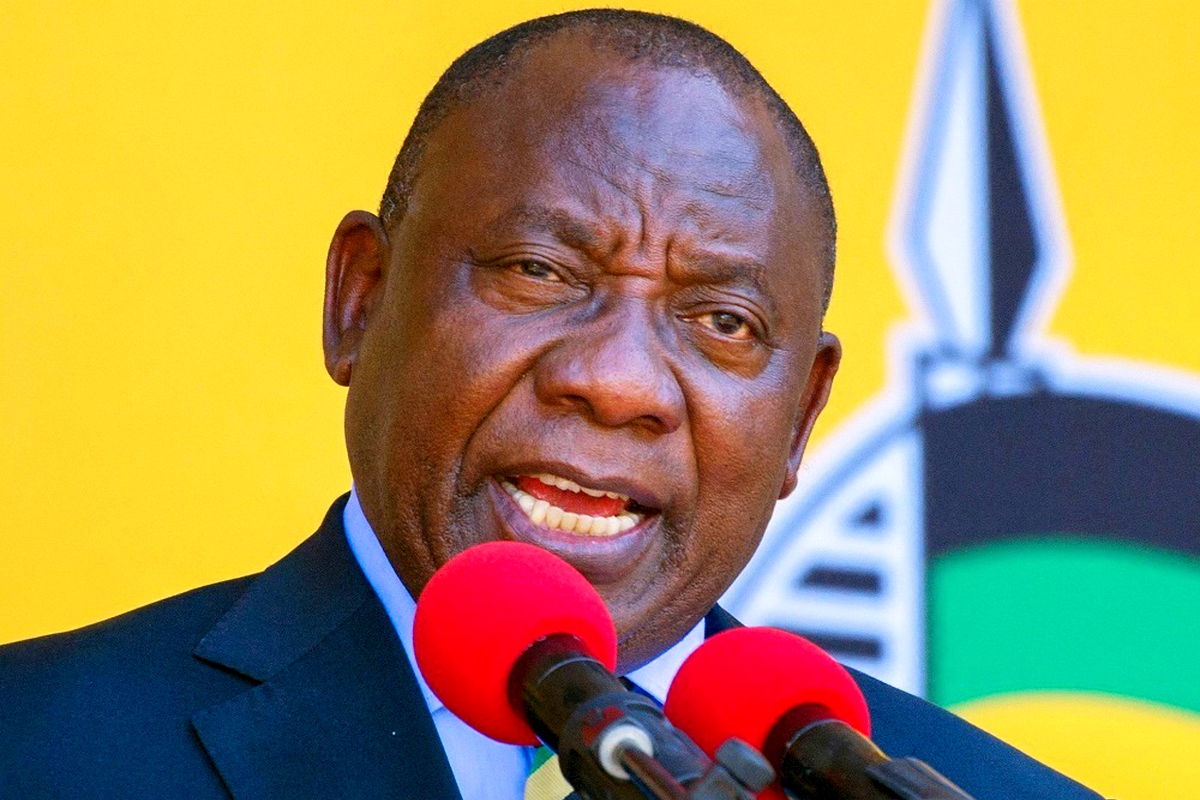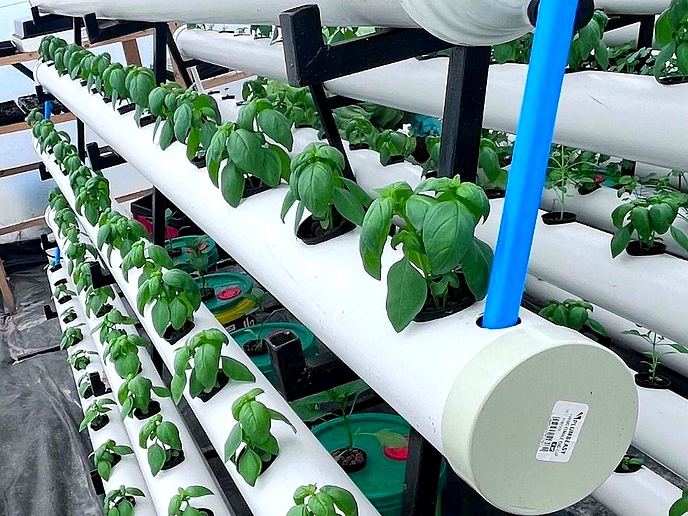THE South African rand has weakened alongside other emerging market currencies as the dollar rebounded this week.
business
Jan. 6, 2023
BUSINESSTECH
2 min read
SA rand takes a knock

SA President, Cyril Ramaphosa
Story highlights
On Thursday (January 5), the rand weakened in early trade as investors awaited the monthly purchasing managers’ index (PMI) survey by S&P Global to find clues on South Africa’s economic health.
The latest PMI survey’s key findings include the following about South Africa:
- New business fell for the third time in four months;
- Load shedding continued to harm output and supply chains;
- Cost pressures remained marked but slower than earlier in 2022.
David Owen, an S&P Global Market Intelligence economist, said that businesses in the country continued to show a large sum of factors harming the economic conditions towards the end of the year: load shedding, inflation, supply issues and weak demand.
“While the PMI stayed above 50.0 in December for the second month running, this mainly reflected a slight uplift in employment numbers…the later findings suggest that GDP figures are likely to disappoint in the fourth quarter,” he said.
According to TreasuryOne, the rand briefly broke below R16.80 earlier this week. However, it softened after that – slipping in line with other emerging market currencies.
Minutes from the US Federal Reserve meeting showed that the Fed remained resolute on bringing down inflation, indicating that although rate hikes will slow, rates will stay higher for longer – this put further brakes on the rand, said TreasuryOne.
The rand is connected to the US dollar through a floating exchange rate system; therefore, its value is influenced by the supply and demand in the foreign exchange market. When there is high demand for the rand, its value rises compared to the dollar, and when there is low demand, its value decreases.
Being an emerging market currency, the rand is perceived to be riskier than currencies of developed countries due to domestic political and economic instability – this can often lead to greater fluctuations in the rand’s value against the dollar and other major currencies.
Enjoy our daily newsletter from today
Access exclusive newsletters, along with previews of new media releases.
President Cyril Ramaphosa’s Phala Phala farm scandal, as well as infighting within the ruling party ANC, have all contributed to uncertainty, shaking South African financial markets.
In late 2022, Investec chief economist Annabel Bishop said that in 2023, emerging market economies would face the additional risk of an increase in risk aversion in global financial markets if the Fed’s monetary policy does prove too restrictive.
She added that if this were to be the case, it would add a weak underpin to the rand.
The rand is currently trading at R17.19/$, R18.08/€ and R20.49/£ - BusinessTech
Tailored for you






